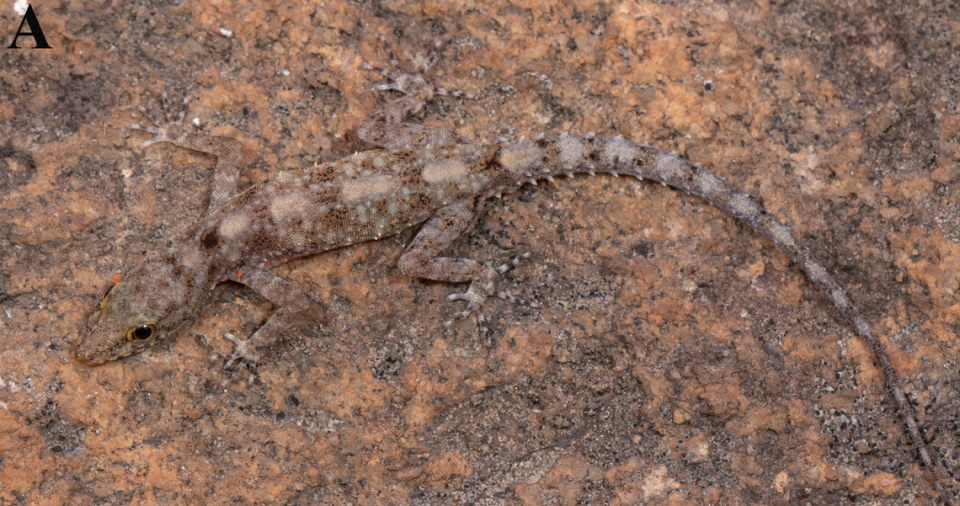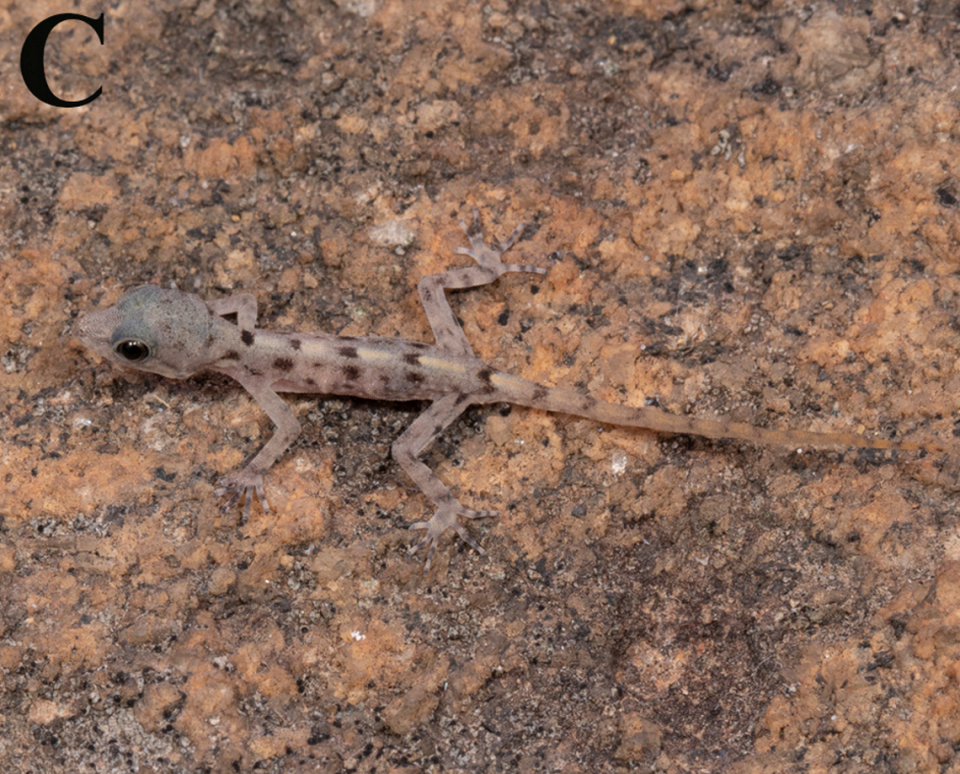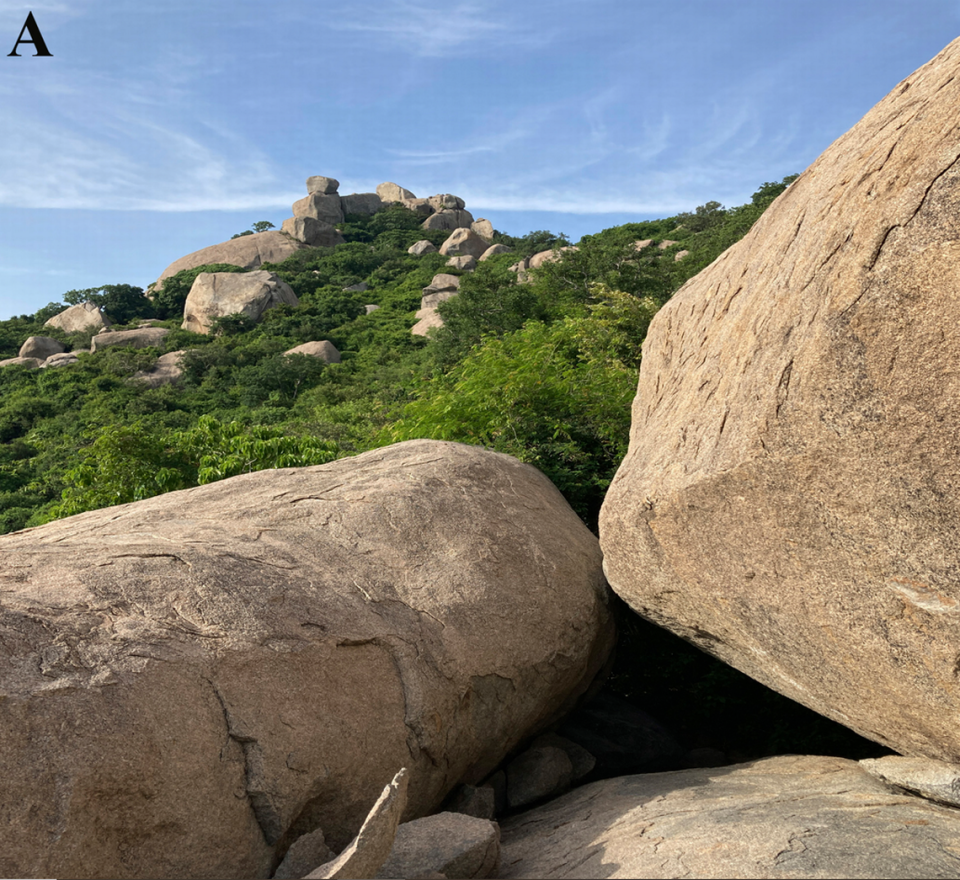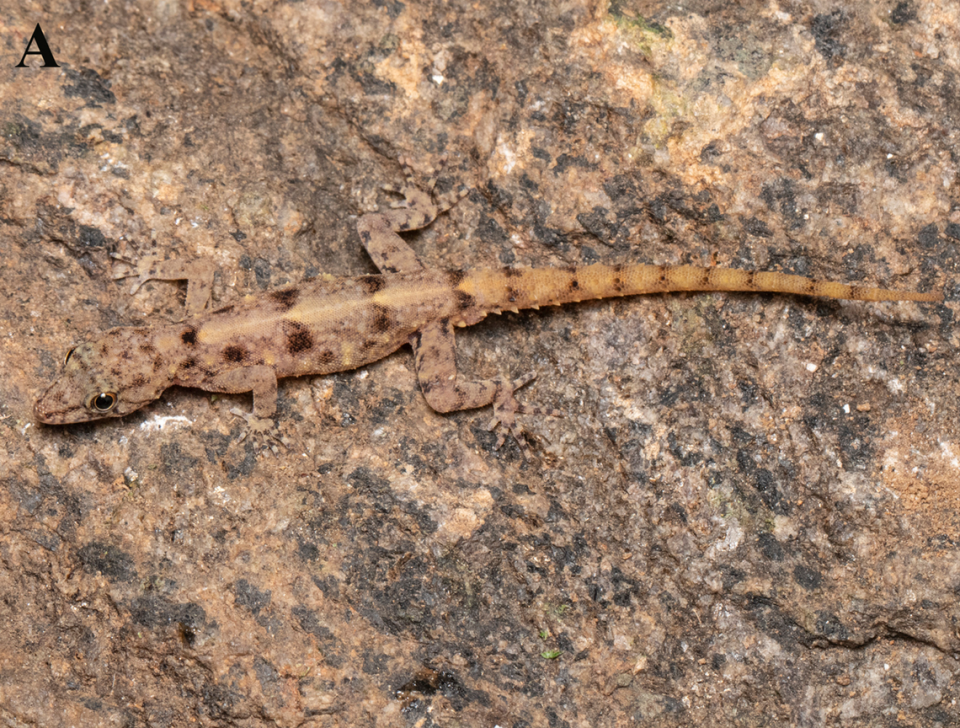‘Dwarf’-like clawed creature found lurking in caves of India. It’s a new species
In a forest in India, several “dwarf”-like creatures scampered around a rock formation. Some of the clawed animals sat in the shade, while others lurked inside a cave. Passing scientists spotted the animals — and discovered two new species.
Researchers ventured into the Pakkamalai Reserve Forest on two field surveys in 2021 and 2022, according to a study published Oct. 2 in the journal Vertebrate Zoology. Around some rocks, they noticed dozens of lizards.
Intrigued, the researchers collected 11 lizards, the study said. Taking a closer look, they realized they’d discovered two new species of dwarf geckos: Cnemaspis cavernicola and Cnemaspis pakkamalaiensis.
Cnemaspis cavernicola, or the cave-dwelling dwarf gecko, is considered “small,” reaching about 2.7 inches in length, the study said. It has silver eyes, claws and a “relatively slender” body with spiky bumps scattered along its back, sides and tail.
Photos show the cave-dwelling dwarf gecko. Its body is a brown-gray color mixed with darker brown, black and orange speckles. Lighter beige patches run down the length of its body and tail.

The coloring of adult geckos is darker than baby geckos, which look more translucent, photos show.

Researchers said they named the first new species after the Latin words for cave, “caverna,” and dweller, “cola,” after its preferred habitat.
Cave-dwelling dwarf geckos were seen in “small numbers … and only in the higher reaches of Pakkamalai in shaded and relatively cooler areas among very large granite boulders,” the study said. The geckos were also found inside a rocky cave.

The second new species, Cnemaspis pakkamalaiensis, or the Pakkamalai dwarf gecko, is also considered “small,” reaching about 2.5 inches in size, the study said. It has claws, silver eyes and spikes along its back, tail and sides. The gecko’s body is a “straw brown” color with a “chain-link” pattern running down its back.
Photos show the Pakkamali dwarf gecko. Its body is an orange-brown color with bow-tie shaped darker brown patches down its back. These darker patches and the lighter areas in between form the “chain-link” pattern. The gecko blends in with the surrounding rock.

The Pakkamali dwarf gecko was found in “large numbers … in shaded and relatively cooler areas among large granite boulders” and on the ground, the study said.
The second new species was named after the Pakkamalai Reserve Forest, the area where it was discovered and the only area where both new species are known to live, researchers said. This forest is in the southeastern state of Tamil Nadu and about 1,300 miles southeast of New Delhi.
The new species were identified by their coloring, scale patterns and spikes, the study said. DNA analysis found the new species had between about 7% and about 21% genetic divergence from other known species of dwarf gecko.
The research team included Akshay Khandekar, Tejas Thackeray, Ayuthavel Kalaimani and Ishan Agarwal.
Pregnant ‘dwarf’-like creature found on tree in Uganda is ‘cryptic’ new species
‘Dwarf’-like forest creature found inside hotel in Burundi turns out to be new species
Scaly rainforest creature with ‘leopard-like pattern’ turns out to be new species

